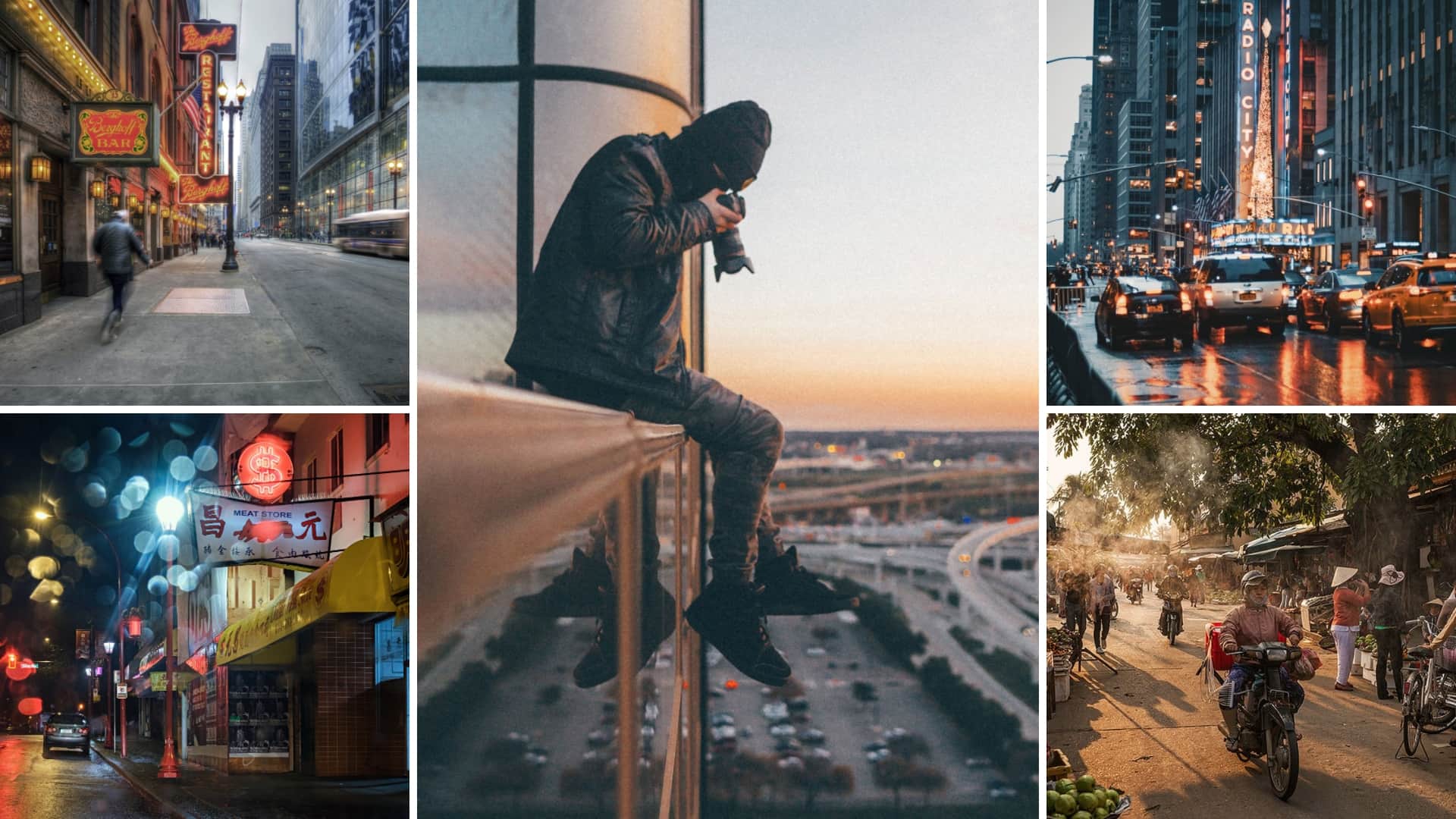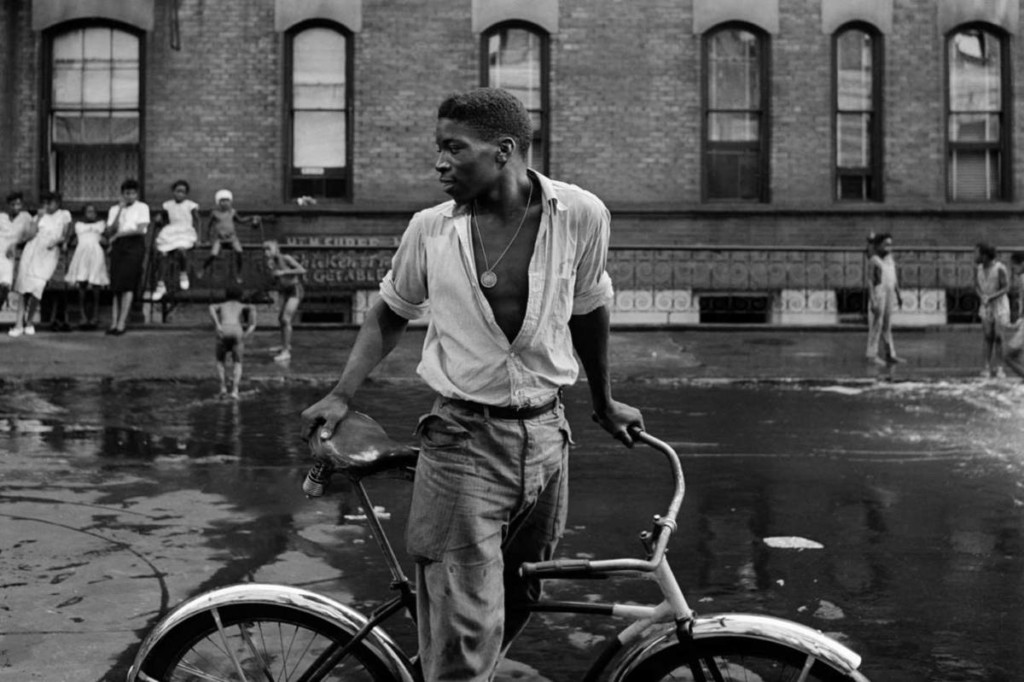Framing Streets - The Facts
Wiki Article
Framing Streets - An Overview
Table of ContentsThe Definitive Guide to Framing StreetsOur Framing Streets DiariesThe 5-Minute Rule for Framing StreetsSome Known Facts About Framing Streets.Framing Streets Fundamentals Explained6 Easy Facts About Framing Streets Explained
, usually with the goal of recording images at a definitive or emotional moment by careful framework and timing. https://myanimelist.net/profile/framingstreets1.
, that was motivated to embark on a comparable paperwork of New York City. As the city developed, Atget helped to advertise Parisian roads as a worthy subject for digital photography.

The Buzz on Framing Streets
The chief Mass-Observationists were anthropologist Tom Harrisson in Bolton and poet Charles Madge in London, and their very first report was generated as guide "May the Twelfth: Mass-Observation Day-Surveys 1937 by over 2 hundred observers" [] Window cleaner at Kottbusser Tor, Berlin, by Elsa Thiemann c. 1946 The post-war French Humanist Institution digital photographers discovered their topics on the street or in the bistro. Between 1946 and 1957 Le Groupe des XV every year showed work of this kind. Andre Kertesz. Circus, Budapest, 19 May 1920 Road digital photography formed the major material of two events at the Museum of Modern Art (Mo, MA) in New York curated by Edward Steichen, Five French Photographers: Brassai; Cartier-Bresson, Doisneau, Ronis, Izis in 1951 to 1952, and Post-war European Photography in 1953, which exported the idea of road digital photography internationally.
The Buzz on Framing Streets
The recording maker was 'a hidden camera', a 35 mm Contax hidden below his layer, that was 'strapped to the breast and connected to a long wire strung down the ideal sleeve'. His job had little contemporary influence as due to Evans' sensitivities concerning the originality of his project and the personal privacy of his More hints subjects, it was not released until 1966, in the publication Numerous Are Called, with an introduction created by James Agee in 1940.Helen Levitt, then an instructor of kids, related to Evans in 193839. She recorded the temporal chalk illustrations - Lightroom presets that belonged to youngsters's street society in New York at the time, in addition to the youngsters who made them. In July 1939, Mo, MA's brand-new digital photography section included Levitt's operate in its inaugural eventRobert Frank's 1958 book,, was substantial; raw and typically out of focus, Frank's images questioned conventional photography of the moment, "tested all the official regulations put down by Henri Cartier-Bresson and Pedestrian Evans" and "contradicted the wholesome pictorialism and wholehearted photojournalism of American publications like LIFE and Time".
Report this wiki page